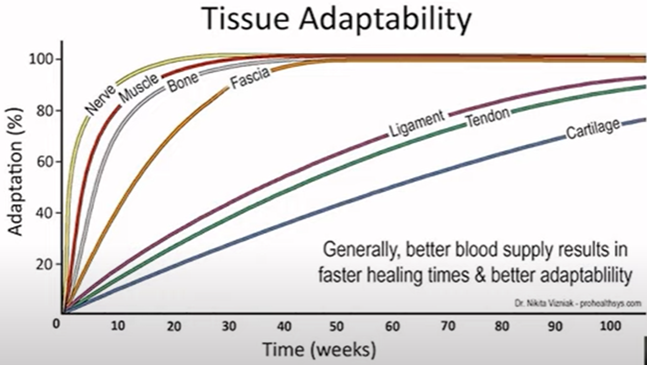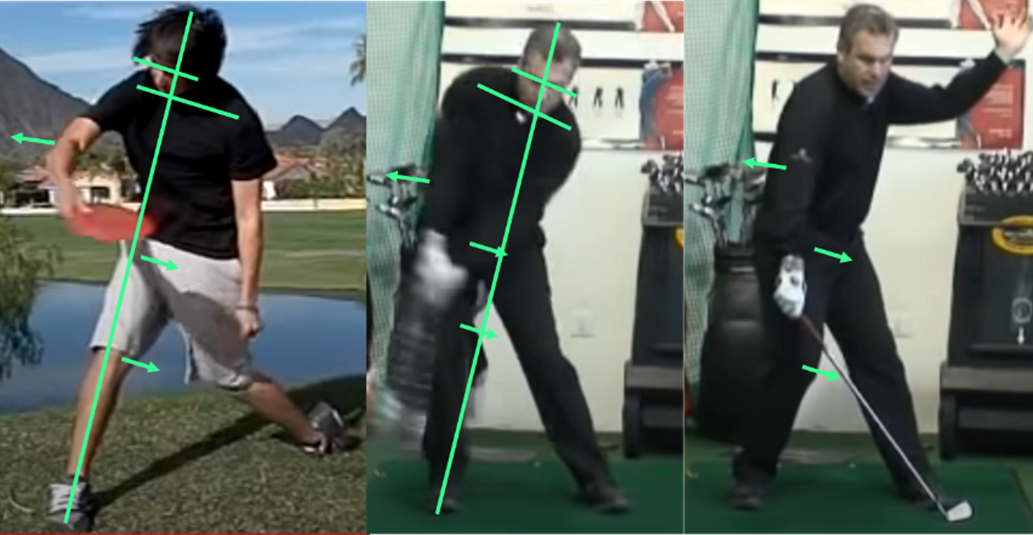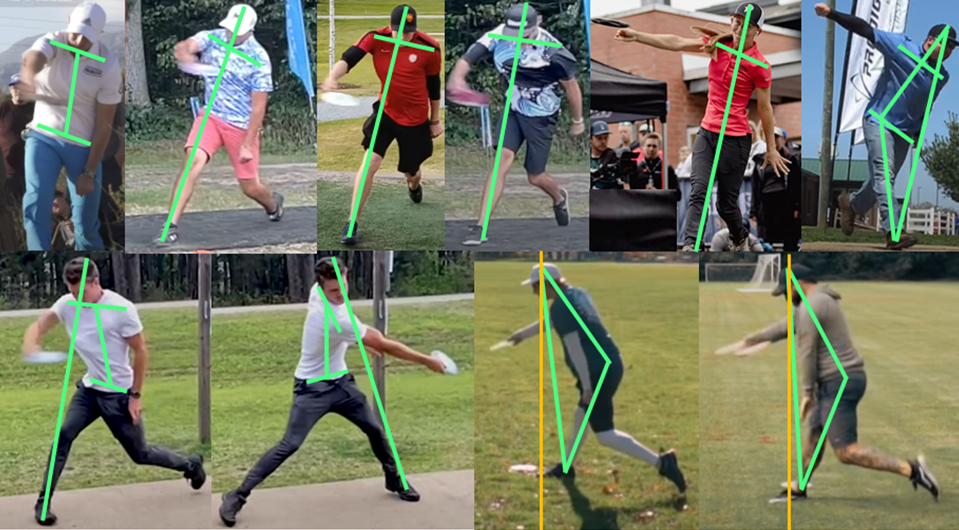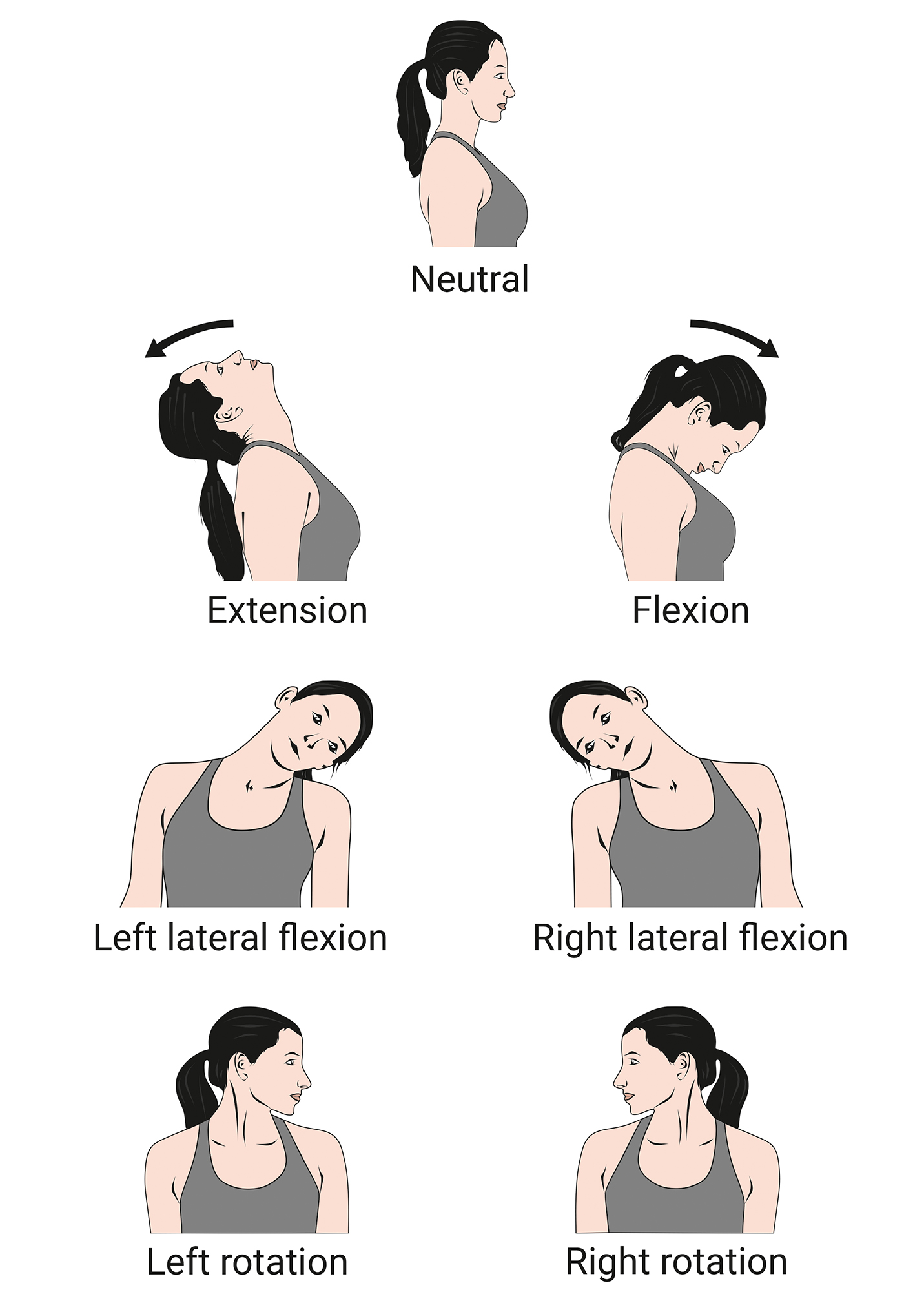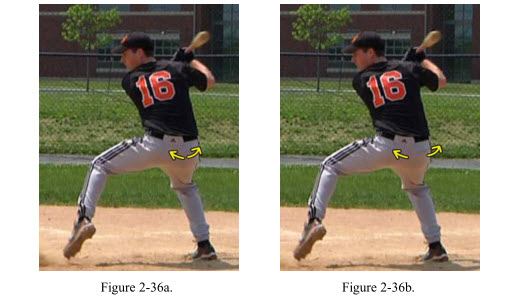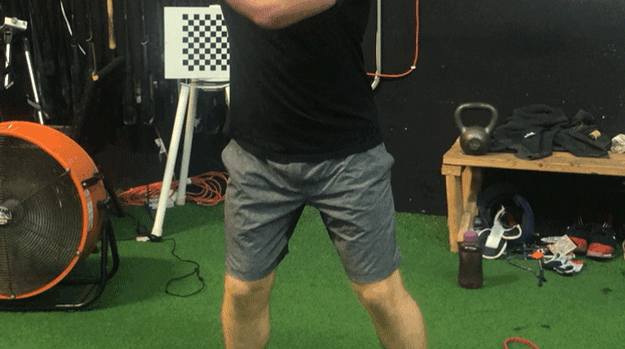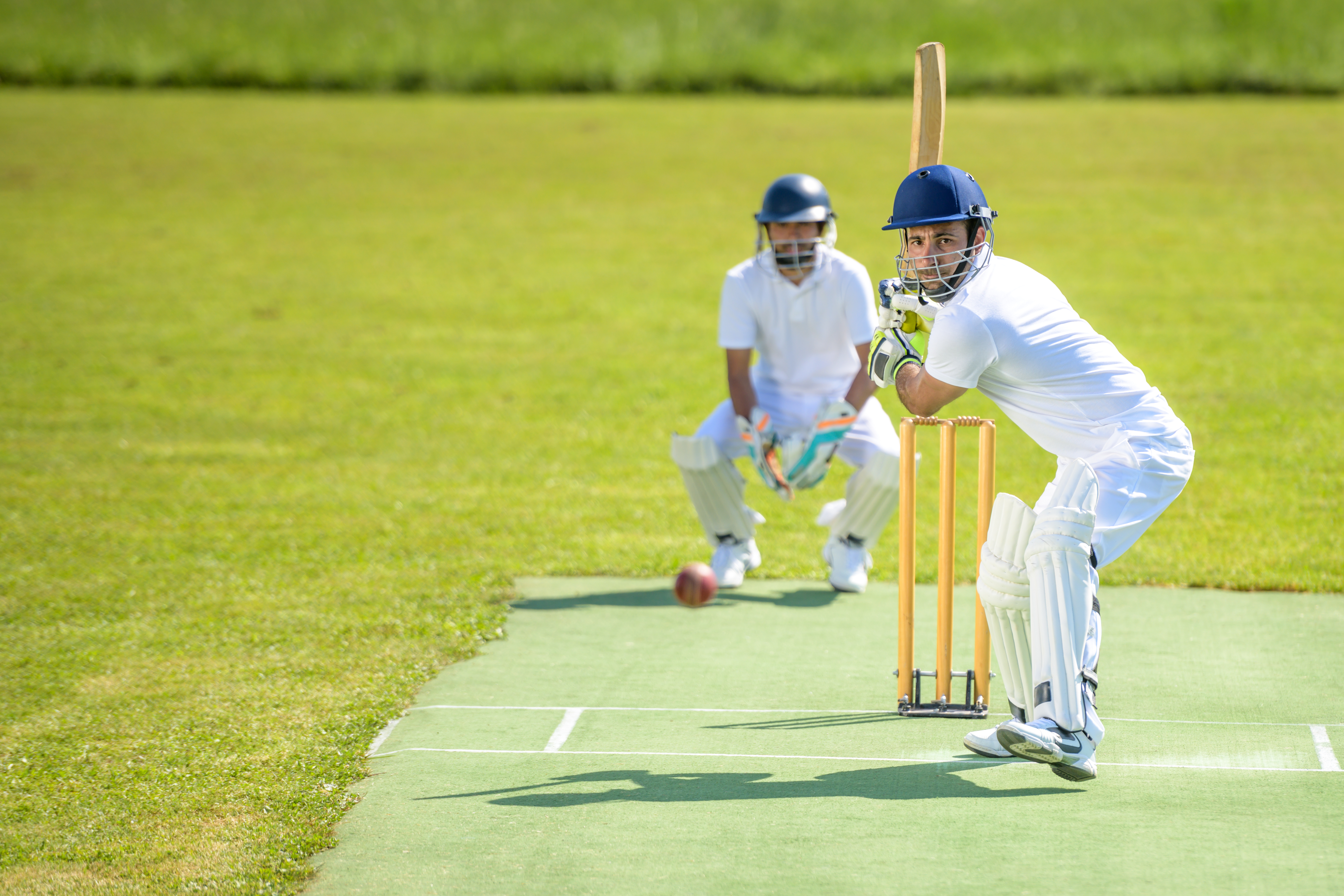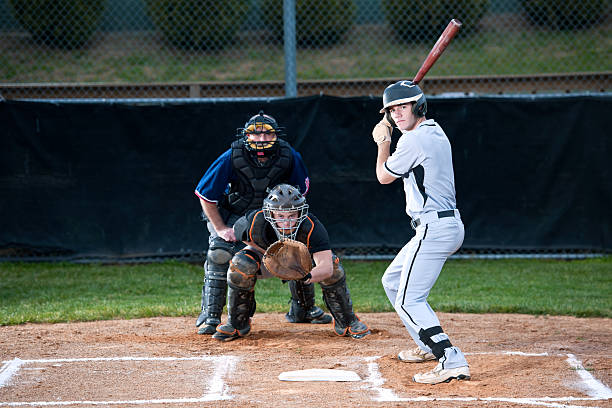Two questions (or just general interest points):
1) I'm fairly convinced now that I have hip instability and overpronated feet (still have an arch, and chicken or egg situation about which came first), leading to the knee valgus issues exhibited in my one leg motions. Probably explains why my vertical jump, acceleration, balance and general athleticism suck as well as some prior ankle/patella tendonitis issues. Improving my hip/ankle/foot strength is my new focus, using one leg squats and jumps with good knee alignment as a benchmark to aim for. In the meantime, I noticed that in
this thread both of you (SW and Brychanus) mention using orthotics for disc golf. I've just purchased some with arch support to insert in my casual shoes to promote better posture walking about whilst I also work on strengthening, would I also get benefit using them whilst working on my disc golf form in the meantime (with an eventual aim to not need them)? I don't want them to become a crutch because my instability isn't limited to the feet, but thinking they could assist me in being in posture and recruiting the kinetic chain better?
2) As some of my instability in the hips is weakness in the glute medius, would it make sense to accept some degree of externally rotated stance/horse stance in my form in the short term? Thinking that could help me keep ankle/knee/hip and spine alignment more easily by forcing me into the glute medius, and then as I get more control I could then work this back to a less horse stanced posture? I know it would effectively be aiming for "bad form", but with an aim to improve it and knowing the limitations/benefits of it.
1) I use an orthotic on my left foot due to a childhood spiral fracture that led to developmental shortening in that leg and some knee issues that started back in my 20s. The orthotic contributes to stability but doesn't completely address the length asymmetry, which doubtless has affected my gait and DG development in one way or another, including injuries.
You should of course consult experts to make sure you aren't getting off track self-diagnosing/prescribing. If you do have issues there, after about ~10 years of going through related physical therapy suggests that most PTs say yes, you should consider orthotics if they are advised, and yes, you should be always willing to build up strength/stability/flexibility to get your body to move and support you as best as possible with or without orthotics.
This is why I am also piling on that you might be well-served to develop exercise routines that are specialized to help you for any issues there if you have them. I assure you that they don't get easier as you age if they are neglected

2) Well, I can only give you lived wisdom here. I think developing a compensatory form gives you a compensatory form and kinetic chains and reinforces the suboptimal muscle chains. I'm a good case study in a person who had the "wrong" kinds of athleticism and needed a lot of habit reform. One of the things I'm happy I have done every time I find true weakness or inflexibility is to be willing to slow down, change habits, and only work on the moves my body could handle at the time and allow
more rest - just like when I was pushing my max in the gym. This has been the hardest form of patience to learn for me because for some reason I want to believe that disc golf is magically different than any other athletic task.
So in response to your own suggestion (and depending on your own goals!), I'd personally say:
(a) consult experts & adjust tools/habits accordingly
(b) unfortunately moving "more right" requires moving "somewhat" right to begin with, and if you can't do it you're probably just going to reinforce the suboptimal chain you already have. IMHO, try to do the DG moves "right", but treat them as exercises and work within the ranges/impacts your muscles can handle. Allow weeks for muscles to catch up (more if its pathological). Months for soft connective tissues to catch up. Ease up if you feel the connective tissues sending warning signals (which is easier to notice with sufficient rest!).
(c) as a sympathetic example, my glute medii were dog**** for months before I realized part of my problem is I lacked a lifetime of simple strengthening to help support me moving laterally. Working on this has been important to protect my knees as well because that's part of the chain of muscles that helps you maintain stability moving laterally. I agree that there's a cart-horse issue - I had
pathologicalweakness, which made it hard for my body to do certain things at all. Those muscles are still within the group that tires the fastest when I throw and I continue to work on them. I have instituted a literal shot count during drive practice because I have figured out exactly when the weakest parts of my body tend to start crapping out and I'm just wasting time and getting hurt. This wisdom and more is why I will never not consider high-level disc golfers or aspiring golfers
athletes.
My favorite exercises for not just the glute medii but lateral conditioning come from seabas22 Turbo Encabulator, and doing duck and monster walks with a resistance loop around the legs, and cable pull walks moving in a lateral direction (all these last moves were recommended by my sports medicine certified physical therapist). His point was to build the dynamic strength for the weak muscle chains that I never developed in the first place. You can also do duck walks in diagonal strides to work on those supporting muscles.
(d) keep in mind that most Olympic lifts are two-footed and more about front-back rather than lateral movement. If I were betting, I would put money on those people having some of the most trouble adapting to high-level disc golf mechanics the older they start. They (we) just don't have the "right" kind of conditioning and it takes time to catch up.
https://youtu.be/hX1RTECWxac?t=1221